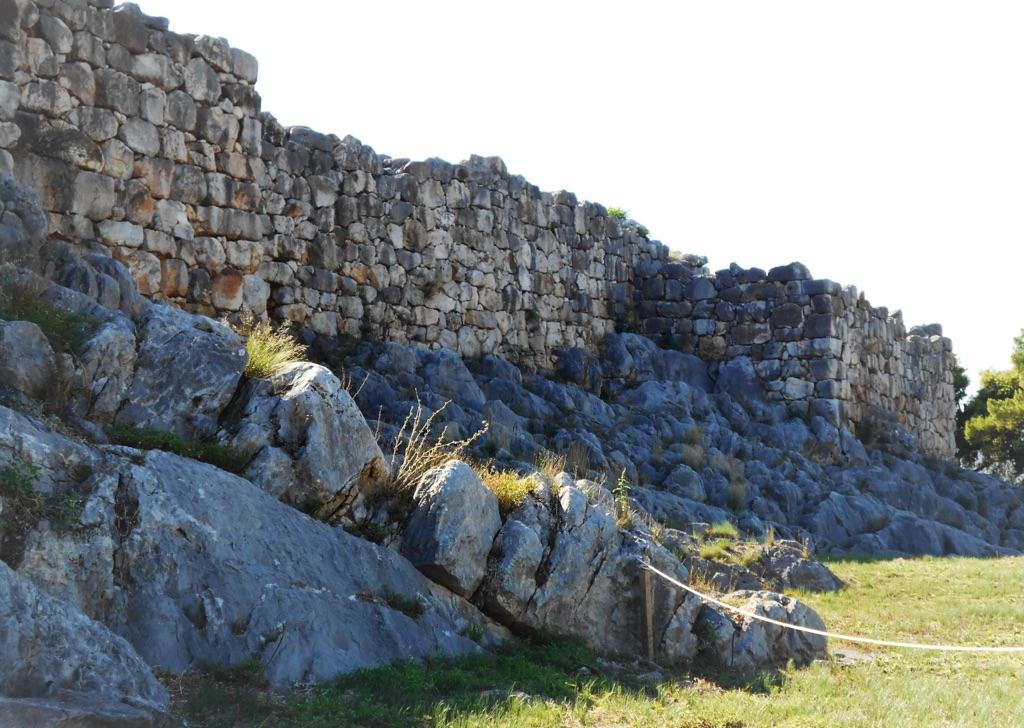The Cyclopean Walls of Mycenae are a monumental testament to the architectural prowess of the Mycenaean civilization, dating back to the Bronze Age. These massive stone walls, constructed without the use of mortar, are located in the archaeological site of Mycenae in southern Greece. The term “Cyclopean” was coined by the ancient Greeks, who believed that only the mythical Cyclopes could have moved the enormous limestone boulders used in the walls’ construction. Today, these walls stand as a symbol of the power and influence of the Mycenaean civilization, providing valuable insights into their society, culture, and technological capabilities.
Get your dose of History via Email
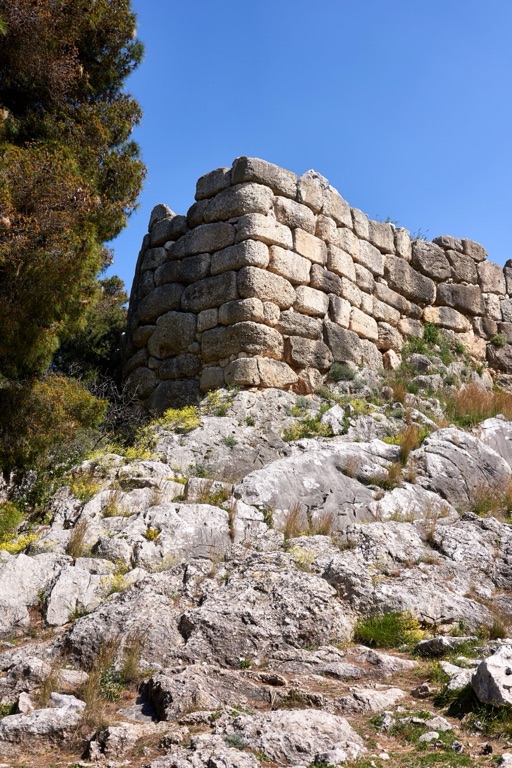
What is the historical significance of the Cyclopean walls in Mycenae and what role did they play in the Mycenaean civilization?
The Cyclopean walls in Mycenae are of great historical significance as they provide tangible evidence of the advanced construction techniques and strategic planning of the Mycenaean civilization. The walls were built to protect the citadel of Mycenae, the center of Mycenaean power, and played a crucial role in its defense during times of conflict.
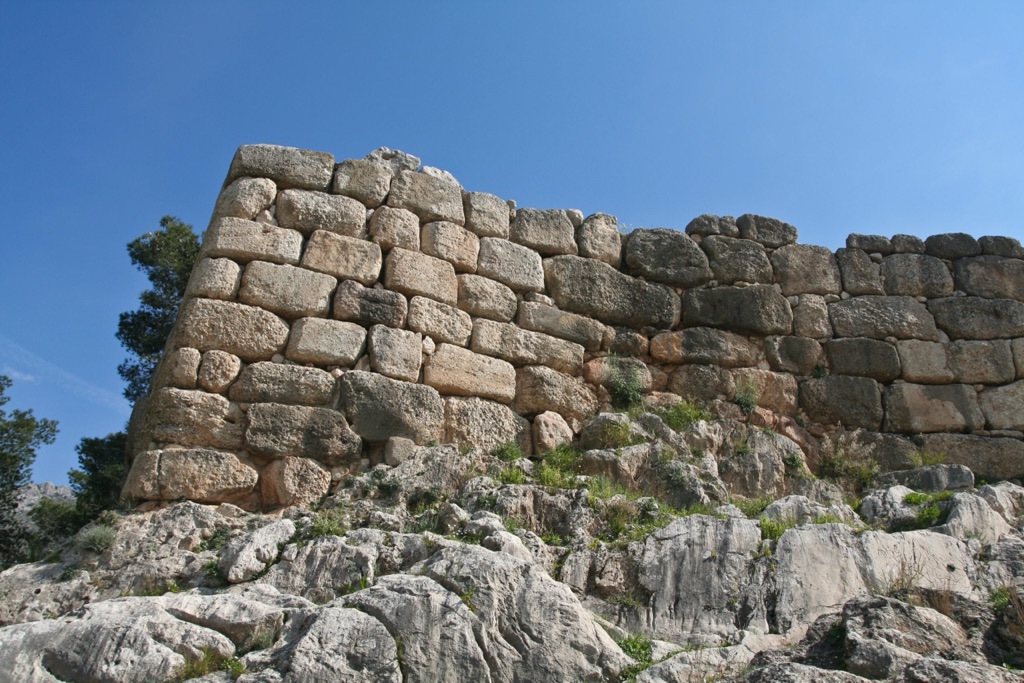
The construction of these walls was a monumental task that would have required a significant amount of manpower and resources, indicating a highly organized society with a strong central authority. The walls also served as a symbol of power and prestige, demonstrating the might of the Mycenaean civilization to both its citizens and potential adversaries.
Moreover, the walls’ longevity and durability are a testament to the Mycenaeans’ architectural and engineering skills. Despite the passage of over three millennia, large sections of the walls remain standing, providing a window into the past and allowing us to appreciate the technological capabilities of this ancient civilization.
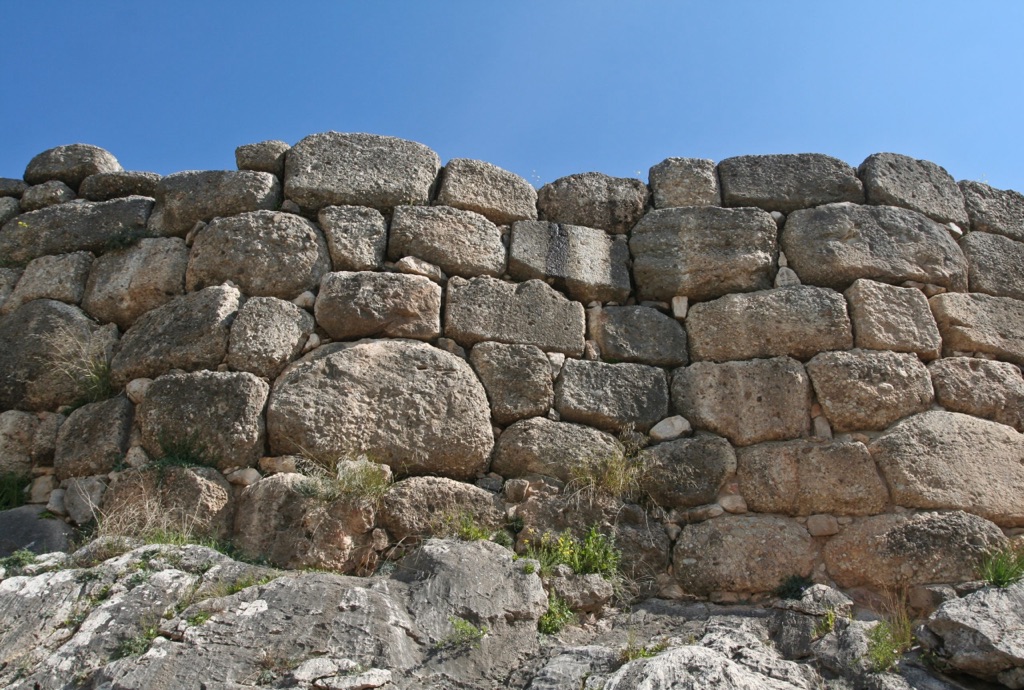
What are some of the key architectural features and techniques used in the construction of the Cyclopean walls at Mycenae?
The Cyclopean walls at Mycenae are a marvel of Bronze Age engineering. They were constructed using massive limestone boulders, some weighing several tons, which were roughly shaped and fitted together without the use of mortar. This technique, known as dry-stone masonry, required a high degree of skill and precision to ensure the stability of the walls.
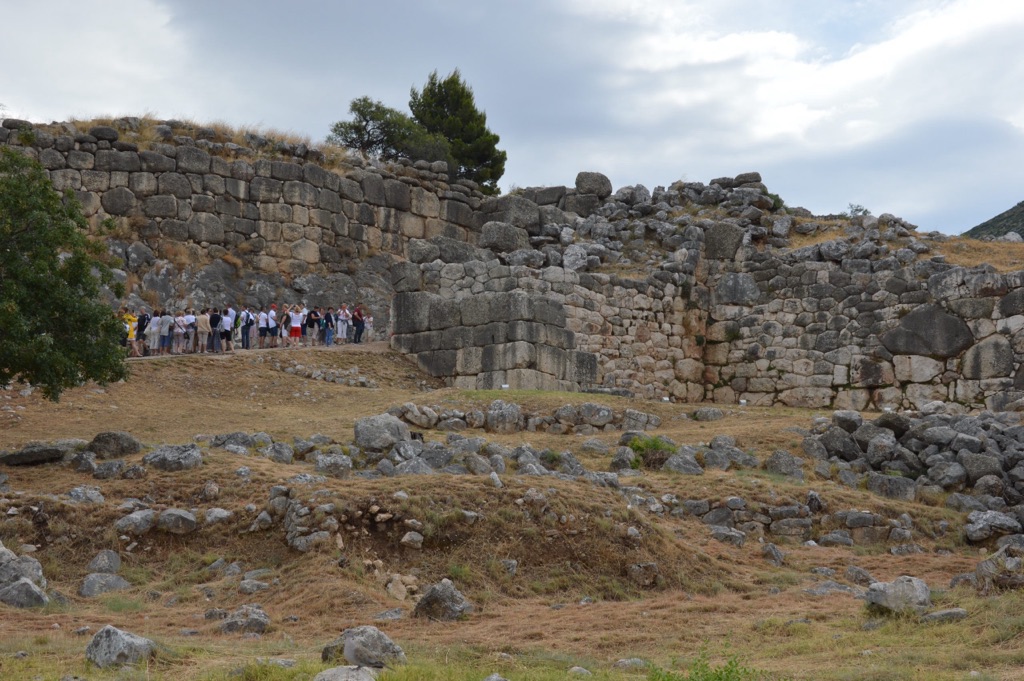
One of the key architectural features of the walls is their irregular polygonal shape, which was likely chosen for its strength and stability. The irregular shapes of the stones interlock with each other, distributing the weight evenly and preventing the walls from collapsing.
Another distinctive feature is the use of relieving triangles above the gateways. These triangular spaces were designed to reduce the weight on the lintel, preventing it from cracking under the pressure. This innovative technique demonstrates the Mycenaeans’ understanding of basic principles of physics and their ability to apply them in their construction.
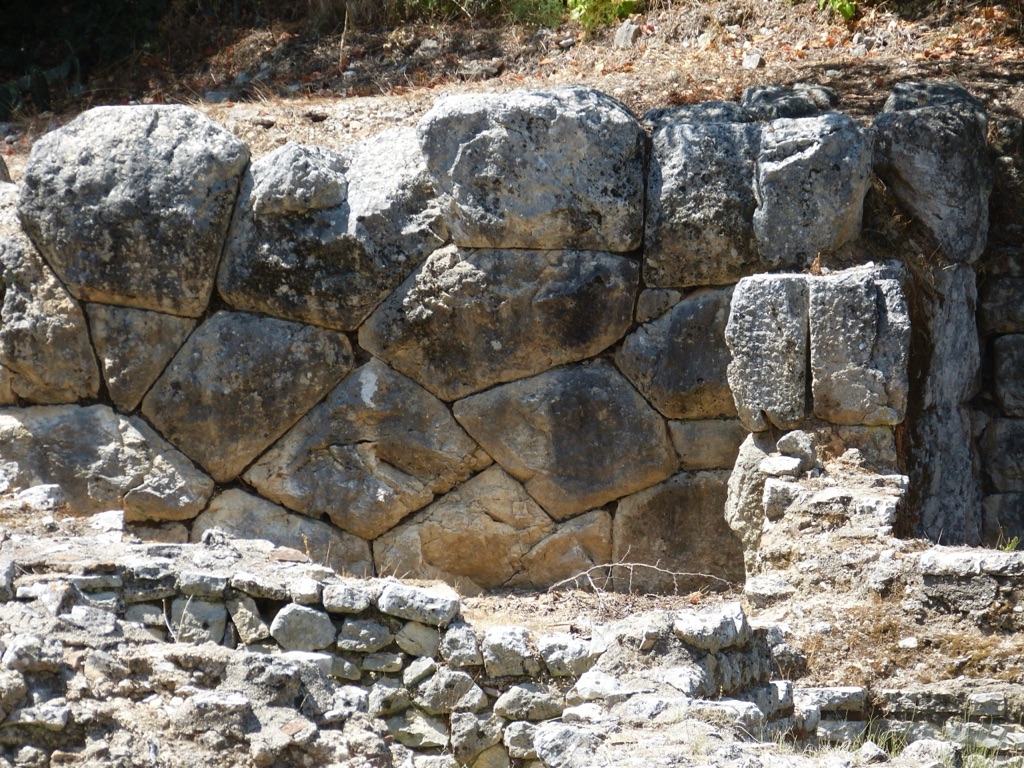
What is the historical significance of the Cyclopean walls at Mycenae and what civilizations have used them?
The Cyclopean walls at Mycenae are not only significant for their association with the Mycenaean civilization but also for their influence on subsequent civilizations. The walls’ construction technique, particularly the use of irregular polygonal masonry, was adopted by other ancient civilizations, including the Hellenistic Greeks, Romans, and even the Incas in South America.
The walls’ defensive capabilities were recognized and utilized by various civilizations that occupied the site after the fall of the Mycenaean civilization. For instance, during the Byzantine period, the site was fortified with additional walls built atop the existing Cyclopean walls.
The walls also played a significant role in Greek mythology and literature. They are mentioned in Homer’s Iliad and Odyssey, contributing to the legendary status of Mycenae as a powerful city “rich in gold.”
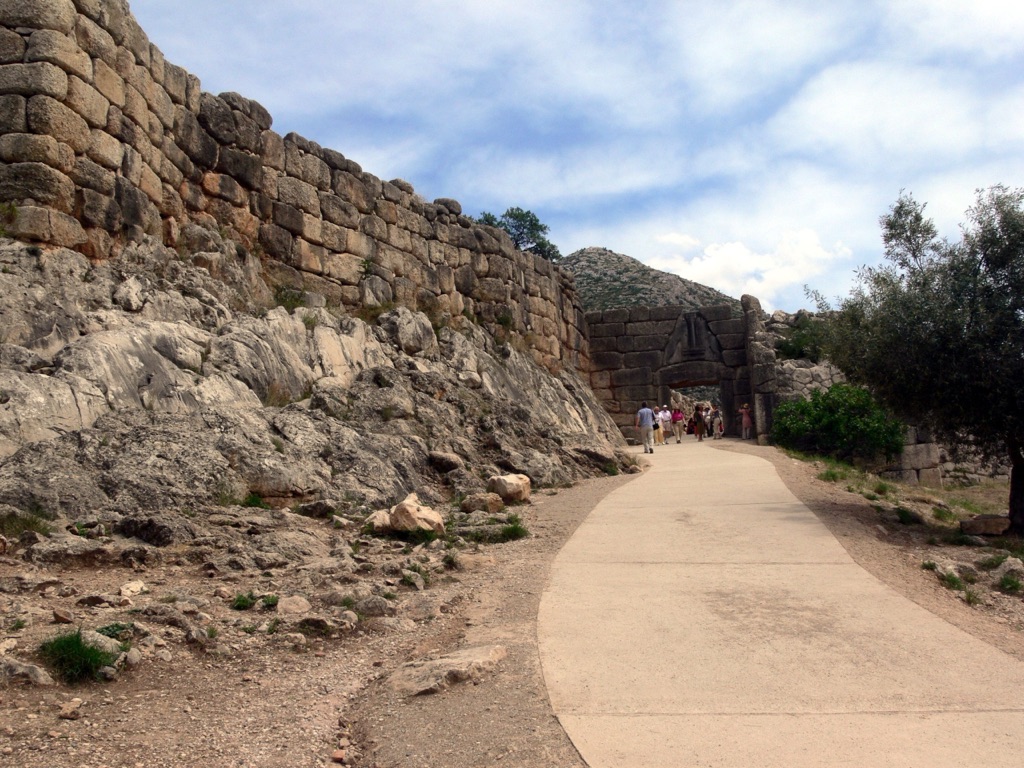
What are some of the key architectural features and techniques used in the construction of the Cyclopean walls at Mycenae?
The Cyclopean walls at Mycenae showcase several unique architectural features and construction techniques that reflect the ingenuity of the Mycenaean builders. The walls were built using a technique known as dry-stone masonry, which involves fitting together large stones without the use of mortar.
One of the most striking features of the walls is their sheer size. The stones used in the construction are enormous, with some estimated to weigh up to 10 tons. The ability to transport and maneuver these massive stones into place speaks volumes about the Mycenaeans’ engineering skills and organizational capabilities.
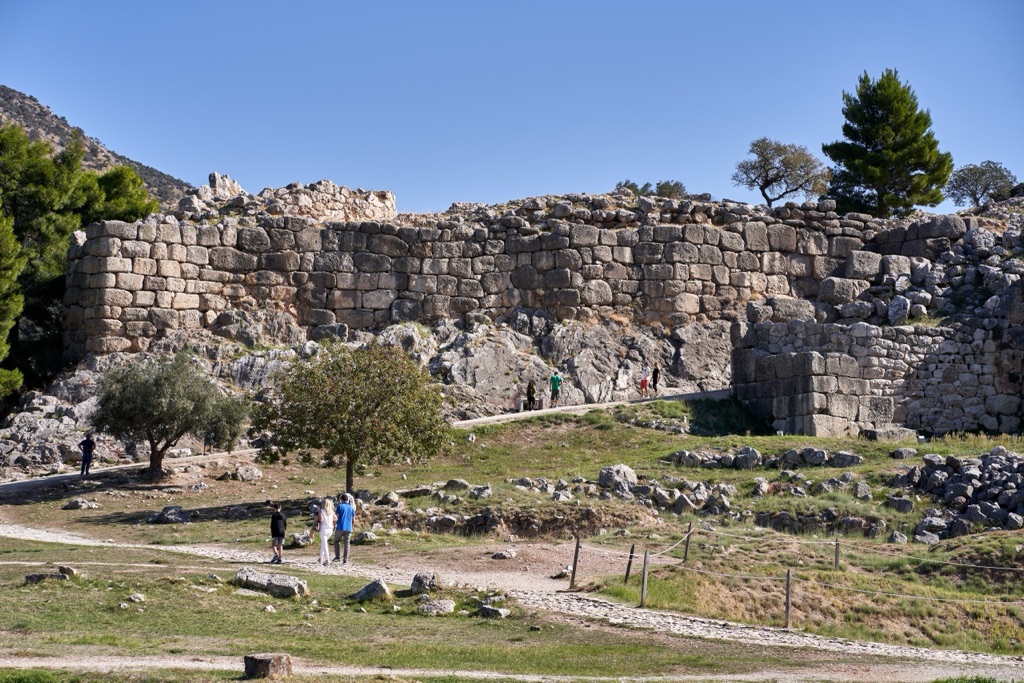
The walls also feature a number of gateways, the most famous of which is the Lion Gate. This monumental gateway, adorned with a relief sculpture of two lions, served as the main entrance to the citadel and is one of the earliest examples of monumental sculpture in Europe.
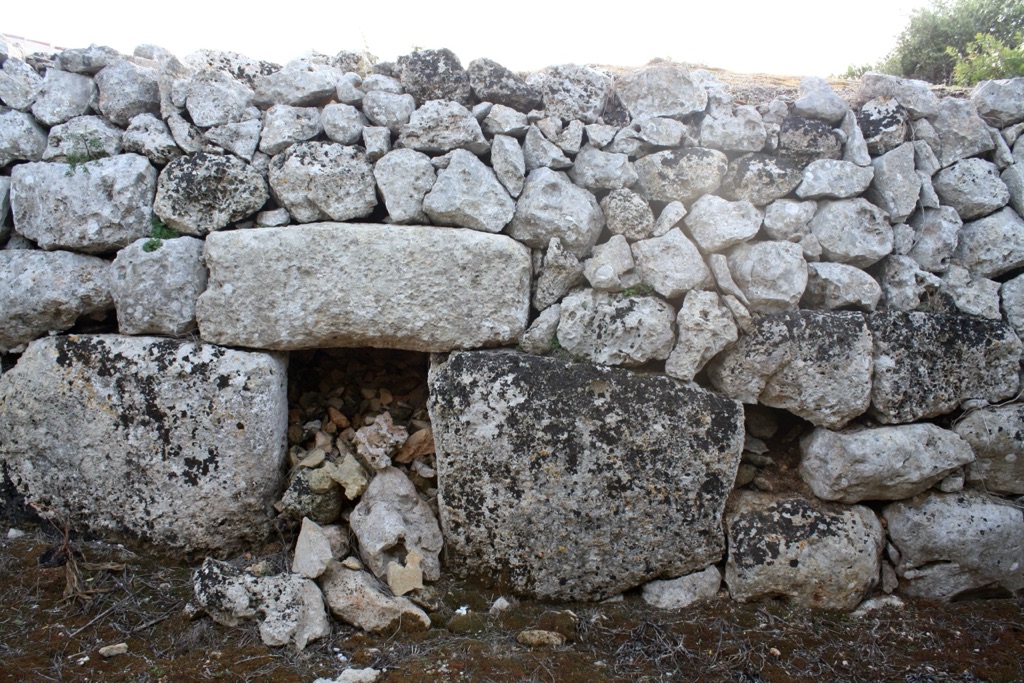
What is the historical significance of the Cyclopean walls in Mycenae and what do they tell us about the civilization that built them?
The Cyclopean walls in Mycenae are a testament to the advanced architectural and engineering skills of the Mycenaean civilization. The sheer size and complexity of the walls suggest a society with a high degree of organization and a sophisticated understanding of construction techniques.
The walls also provide insights into the social and political structure of the Mycenaean civilization. Their construction would have required a significant amount of labor and resources, suggesting a society with a strong central authority capable of mobilizing the necessary manpower.
Moreover, the walls’ defensive function indicates that the Mycenaeans were a militaristic society, concerned with protecting their city from external threats. The walls also served a symbolic function, projecting the power and prestige of the Mycenaean civilization to the outside world.
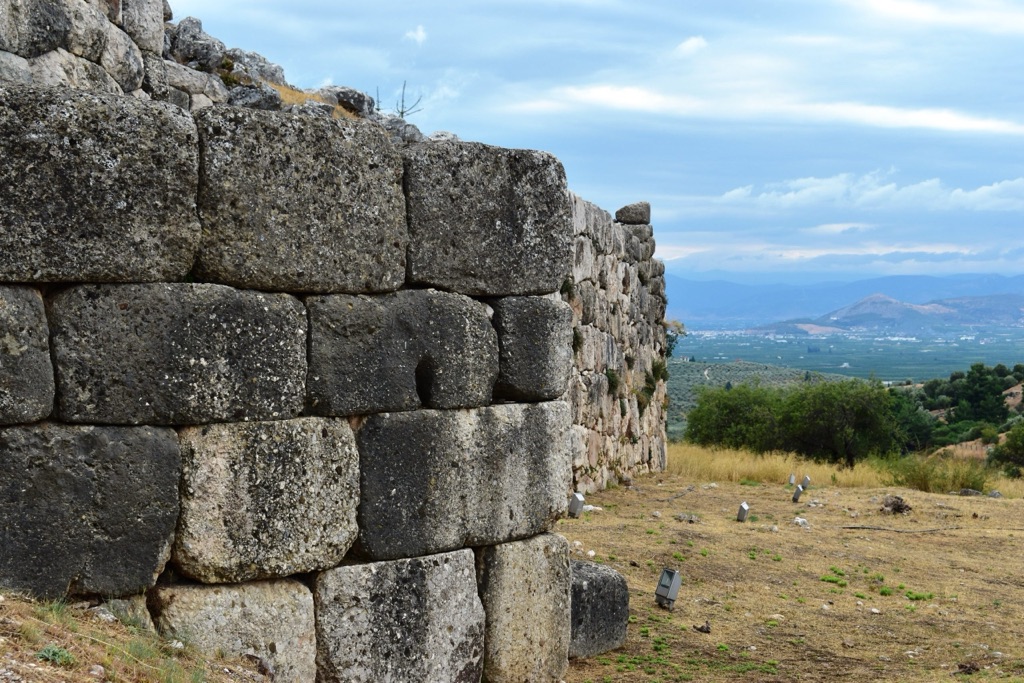
Conclusion and Sources
In conclusion, the Cyclopean walls of Mycenae are a remarkable example of Bronze Age engineering and a testament to the power and sophistication of the Mycenaean civilization. They provide valuable insights into the society, culture, and technological capabilities of this ancient civilization, and their influence can be seen in the architectural traditions of subsequent civilizations.
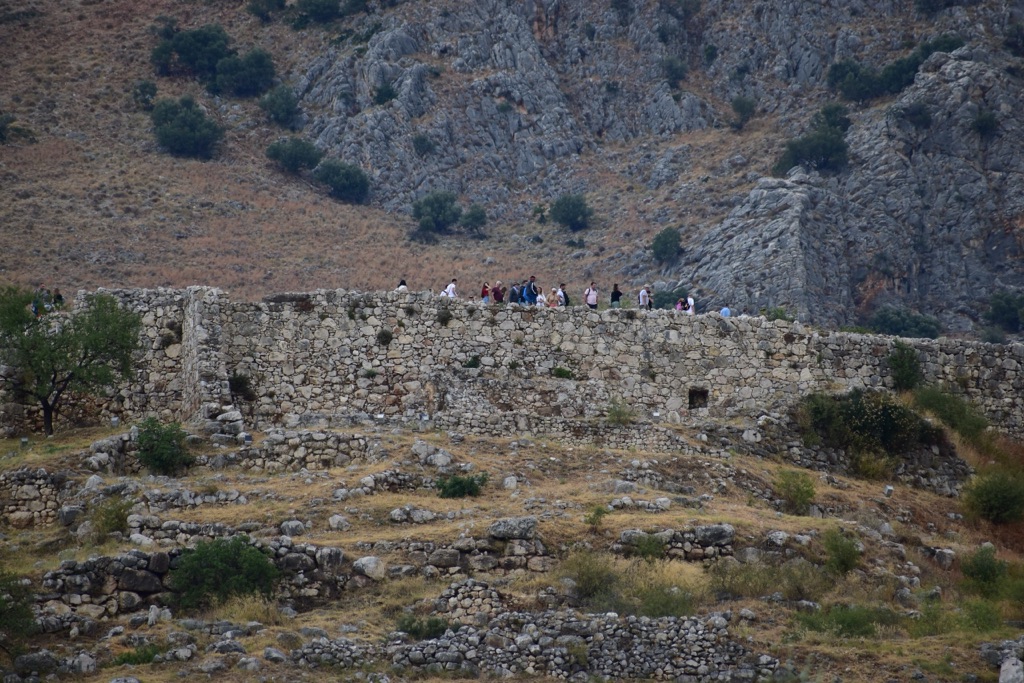
For further reading and to verify the information provided, the following sources are recommended:

